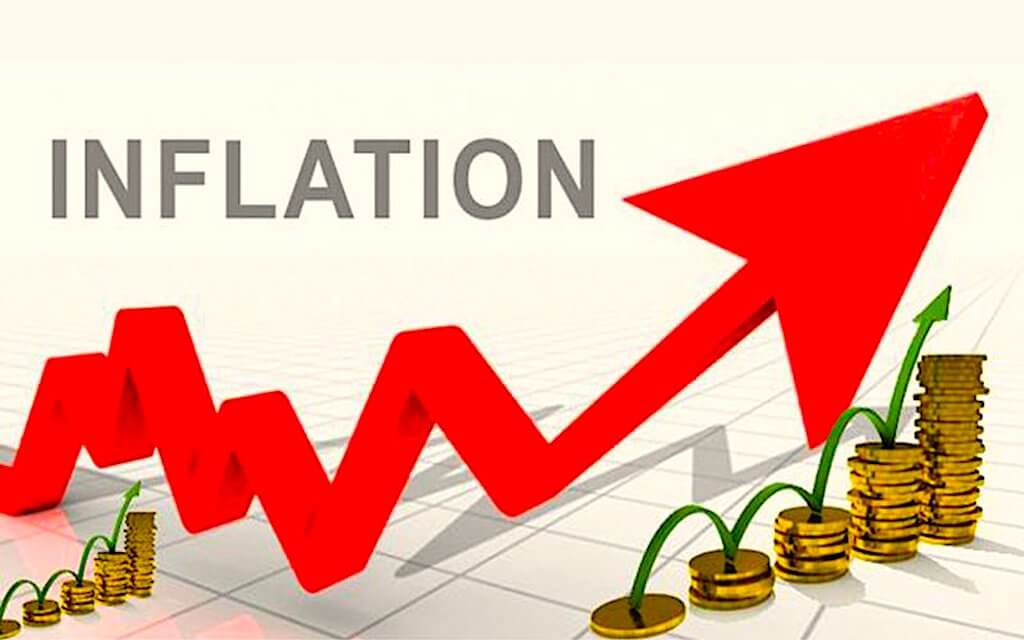The primary role of the Bank of Tanzania (BoT) is price stability and it uses various monetary policy tools to influence the inflation rate into a strategic target range. From this core duty, the Monetary Policy Committee (MPC), through a statement issued in September made a recommendation to the Central Bank to reduce liquidity in the economy, as a way to curbing the growing inflationary pressure. This is a cusp from accommodative measures employed during the last seven years.
In monetary economics, inflation theoretically rises when there is too much money chasing relatively fewer goods, which raises the aggregate demand and elevates goods prices to get a new demand and supply equilibrium. In such a scenario, the central bank adopts a contractionary policy which raises interest rates so as to lower liquidity and suppress the aggregate demand which in effect stabilizes prices. Inflation can also be caused by a substantial drop in supply of either goods and services or inputs needed to produce the goods and services.
According to the latest Consumer Price Index (CPI) released by the National Bureau of Statistics (NBS), the headline inflation hit 4.9 per cent in October this year as compared to 4.0 per cent recorded in March 2022.This is the highest inflation rate in the last five years. The timing of the rise of inflation is consistent with the Russian invasion of Ukraine which distorted the global supply chain of fuel and grains.
At 3.0 per cent for the year ending October 2022, core inflation, which excludes unprocessed food and energy, is at the bottom of the policy target range of between 3 per cent and 5 per cent, and has actually dropped from the year’s highest point of 3.5 per cent in July 2022. On the other hand, non-core inflation which includes unprocessed food and energy is at 10.6 per cent as of October 2022, from 2.3 per cent October last year. Energy inflation peaked at 13.5 per cent in the pinnacle of the global energy crisis in May 2022 before relaxing to 8.7 per cent.

In October 2022, food inflation has gradually risen from 6.5 per cent in March 2022 to 9.1 per cent in October. As food and energy propelled the headline inflation, the MPC advised the central bank to gradually reduce liquidity while safeguarding economic activities.
On that regard, the Central Bank halted the issue of reverse repos since March 2022, and in August issued the first repo after four years. Reverse repos are used to inject liquidity while repos are used to mop up liquidity from the economy. For the past five years, the BoT has issued reverse repos in at least ten out of twelve months, before the halt in March 2022.
Furthermore, average Treasury yields for the 20 and 25 years Treasury bonds auctions have been rising consecutively since March 2022, while prices in the most recent auctions for each averaged at discounts.
This comes a few months after a downward revision of coupon rates. Treasury yields are crucial in interest rates and financial assets pricing in any economy. Suppressed Treasury yields was a critical factor in banks lowering lending rates late last year, that led to a 22 per cent annual growth of credit to the private sector as of September 2022, highest in the last seven years.
Moreover, the central bank has sold more than $130mln in the Interbank Foreign Exchange Market (IFEM) since the beginning of the year, to support the value of the shilling, which in turn mops up the equivalent of the shilling from the economy.
While the tightening policy adaptation is still trivial, interest rates have gradually begun to rise although very slightly. According to reports by the central bank, though on minimal variations, the savings deposit rate, 12 months deposit rate and short-term lending rate are all trending upwards since at least June2022, while the interbank rate has doubled since March. Although the central bank has not fully adopted a contractionary monetary policy, interest rates are already on a cusp to an upward trend.
What the inflation discussion above communicates is that the major drivers of the current inflation are fuel and food. Domestic fuel prices are mostly determined by global prices and domestically set by EWURA. This means fuel prices are independent of the domestic money supply. Being a primary input inmost activities, the price of fuel shall most likely affect the prices of other goods and services. In this regard, to relax fuel prices, the government was thoughtful for subsidizing fuel up to 100bn/- each month.
Food inflation is also a result of food shortages in the East African region. FAO estimates about 20 million people in East Africa face food insecurity as the region faces the driest season in 40 years. The regional demand for food is currently raising domestic food prices in Tanzania. This means that reducing domestic liquidity shall not suppress food prices. If anything, more financing is required into agriculture, to meet rising demand and opportunity from the region.
Credit growth to the agricultural sector reached 42 per cent for the year ending September 2022 compared to negative 15 per cent similar period last year, following the government’s strategic efforts to direct financing into the sector. Raising interest rates may upset this trend and render the sector the first victim due to the sector’s associated risks, further worsening the food situation. More liquidity would even be necessary to the general economy, for subsistence activities, with the understanding that personal loans account for almost 40 per cent of the total share of private sector total credit and that more than 65 per cent of the population is involved in agricultural activities. In this regard also, the government was thoughtful to subsidize fertilizers by more than 150bn/- each month.
The nature of the current inflation poses a challenge to the adaptation of a contractionary policy.
Government subsidies and a strategic focus of funds into the agriculture sector may be the most appropriate methods to alleviate prices while maintaining economic stability. The government is point-on with monthly subsidies worth 250bn/- to ease fuel and fertilizer prices.
Notwithstanding, balance is required between the level of subsidies and limiting the budget deficit so as to avoid raising interest rates. The two measures would focus on keeping fuel prices as low as possible since they are completely out of our control, and substantially increase food production to domestic and regional sufficiency.
The author is the Head, Research & Financial Analytics Alpha Capital – Dar es Salaam. For feedback please kindly contact him via email: imani.muhingo@alphacapital.co.tz or Mobile no: +255 763 631 999






